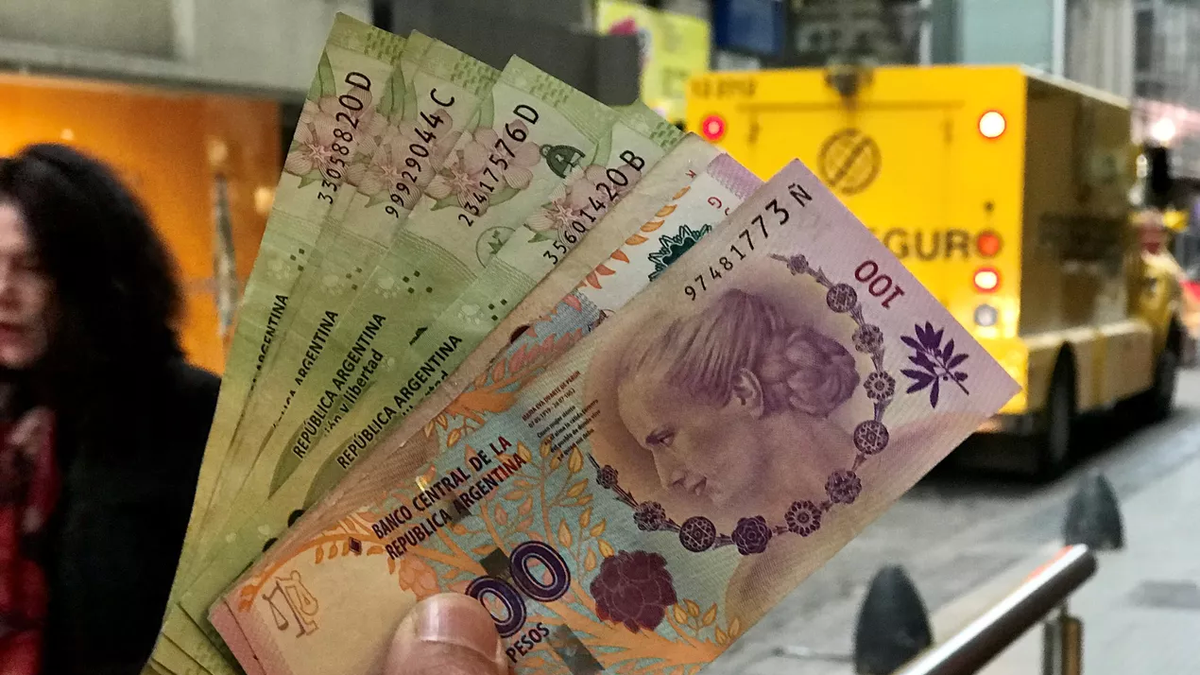He Argentine pesoweakened by the rise of the blue dollar and the high rate of inflation in the neighboring country, also depreciates in Uruguaywhere the exchange houses pay less and less for the Argentine currency, since acquiring a dollar in Montevideo It costs more than 1,000 pesos.
In other words, it is worth more than double what it costs to buy a US bill in downtown Buenos Aires (around 470 Argentine pesos) and the price of financial dollars, since the MEP and cash with settlement (CCL) are around 435 Argentine pesos.
It is even more expensive than the so-called dollar “Card” or “Qatar“, which represents the official exchange rate with a 100% tax surcharge for paying with credit and debit cards and has a price of close to 470 Argentine pesos, reported the NA agency.
In this way, if a tourist travels to Montevideo with Argentine pesos, they have to consider that in Uruguayan exchange houses and banks It will cost you between 804 to 1,010 Argentine pesos to buy a single US dollar.
The exchange houses of Montevideo adjusted the price
Although neighboring countries have been “covering” for years from the instability of the Argentine peso, banks in Uruguay have always had a much higher implicit price in Argentine pesos to acquire US currency than exchange houses.
In fact, for months they have maintained a value close to the current one, above 800 Argentine pesos per unit, but after the currency run Last week a particular phenomenon was observed: the price of the exchange houses was “matched” with that of the banks.
The main factors are linked to the political and economic uncertainty that Argentina is experiencing, especially in a context of high inflationary inertia, which according to various economists will be around 120% throughout 2023.
To this is added the escalation of the free dollar in recent weeks, the exchange pressure due to the shortage of reserves in the Central Bank of the Argentine Republic (BCRA) and the volatility brought by the presidential elections in October.
In the last year, the Argentine peso has an increasingly lower real value due to the daily devaluation it suffers against the dollar, which discourages exchange houses and banks from “accumulating” bills that constantly lose purchasing power.
Source: Ambito




